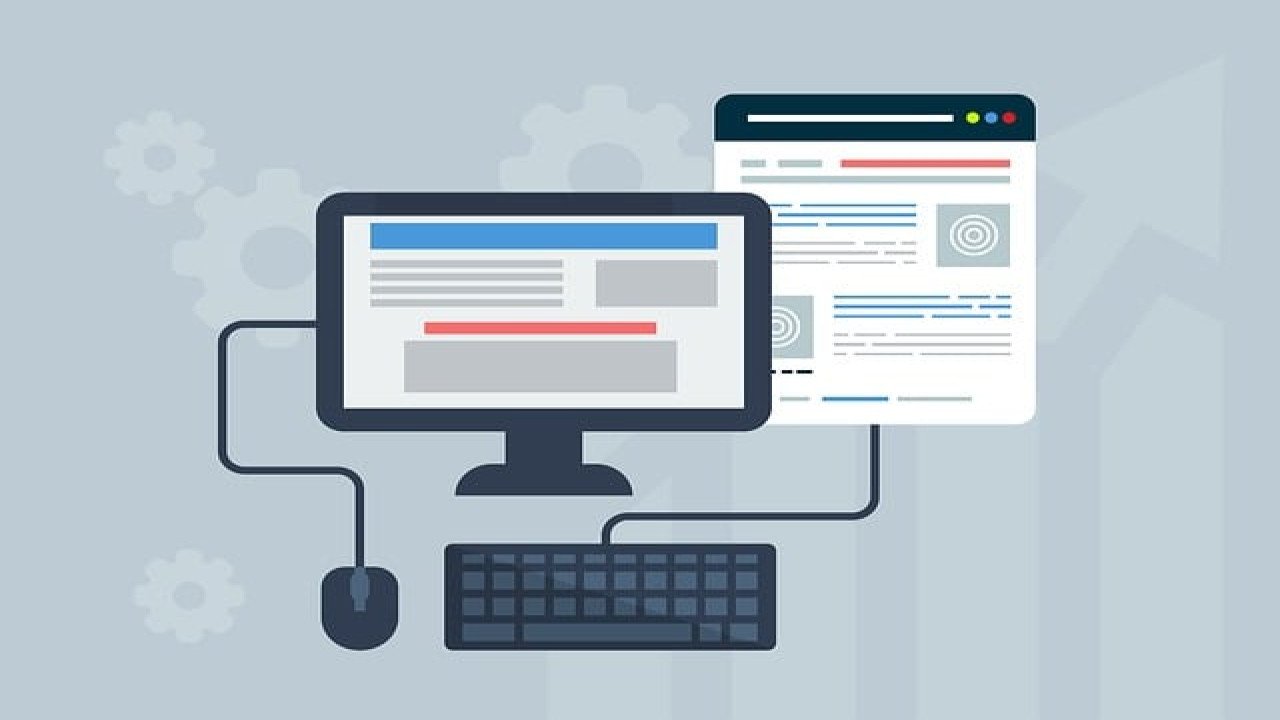The Power of Image Compression: How to Optimize Your Photos for the Web
If you’ve ever uploaded an image to your website or blog, you’ve probably noticed how large image files can slow down page load times. While high-resolution photos look stunning, they can create significant challenges when it comes to website performance, especially for mobile users.
Enter image compression—a simple yet powerful technique that can dramatically improve your website’s speed without sacrificing visual quality.
In this post, we’ll explore what image compression is, why it’s important, and how Britchronicle can help you make the most of this technique.
What Is Image Compression?
At its core, image compression is the process of reducing the file size of an image without losing too much quality. When you compress an image, you make the file smaller, which helps it load faster on websites and apps. There are two main types of image compression:
-
Lossy Compression: This method removes some image data (like subtle details) that’s hard for the human eye to notice. It significantly reduces file size, but can result in a slight loss of quality.
-
Lossless Compression: In contrast, lossless compression keeps all the image data intact. It reduces file size without affecting the quality, though it’s not as effective as lossy compression at shrinking the file size.
Both methods have their advantages, depending on the use case. For instance, lossy compression might be fine for web images where speed is a priority, while lossless is ideal for preserving image quality in professional work.
Why Is Image Compression Important?
-
Faster Website Loading Times
Every second counts when it comes to page load speeds. Websites with large image files can be sluggish, causing visitors to bounce before they even see your content. Compressing images helps reduce load times, making your website feel faster and more responsive. -
Improved User Experience
A fast-loading site translates to a better experience for your users, particularly on mobile devices. Users are more likely to engage with your content and stay longer on your site when it loads quickly. -
Better SEO Performance
Search engines like Google prioritize fast-loading websites. Compressing your images can improve your SEO rankings, which means your site is more likely to appear higher in search results. -
Save Bandwidth
Reducing image file sizes means saving bandwidth for both you and your users. This is especially important for users on mobile networks or with limited data plans.
How Britchronicle Can Help
At Britchronicle, we understand the importance of high-quality images without the hassle of large file sizes. Our platform automatically compresses your images to strike the perfect balance between visual quality and file size, ensuring faster upload speeds and better sharing performance.
Whether you're uploading photos for your blog, portfolio, or social media, Britchronicle helps you achieve the best results without compromising on quality. Plus, our easy-to-use interface makes the process seamless, so you can focus on your content, not the technical details.
Tips for Image Compression
-
Choose the Right Format: JPEG is great for photos, while PNG is better for images with transparency. WebP is a newer format that offers excellent compression while retaining quality, making it a solid choice for modern web design.
-
Adjust Image Dimensions: If your images are way too large for your website’s layout, consider resizing them before uploading. Smaller dimensions mean smaller file sizes.
-
Use Compression Tools: Tools like Photoshop, TinyPNG, and ImageOptim can help you manually compress your images before uploading them. Britchronicle also takes care of the compression for you!
Conclusion
Image compression is a game-changer when it comes to improving website speed, SEO, and user experience. By optimizing your images, you’re not just saving space—you’re making your site faster, more efficient, and more enjoyable for visitors. With Britchronicle, you get all the benefits of compression without any extra work on your part.
Next time you upload an image, remember: smaller is often better when it comes to file size.







Comments (0)